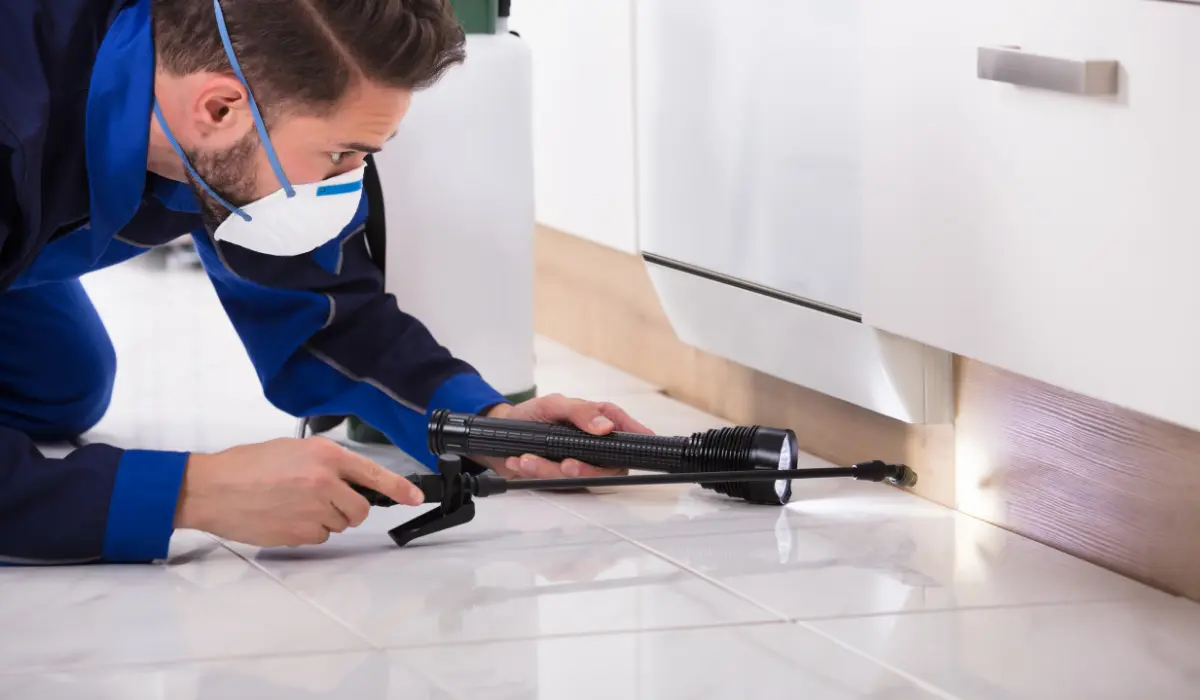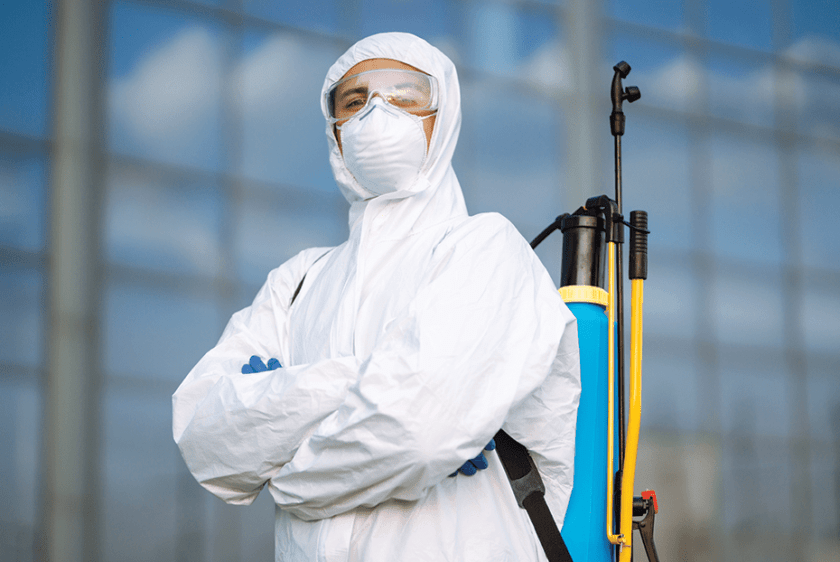Safe and Trusted Parasite Control for Lasting Defense
Effective pest management requires a multifaceted strategy that balances environmental stability with the need for efficient pest reductions. The subtleties of these techniques might not be promptly clear, motivating a better assessment of the techniques that can lead to sustainable bug control results.
Recognizing Insect Control Methods
Pest control incorporates a range of methods intended at handling and getting rid of undesirable pests and rodents that can endanger both health and wellness and home. Recognizing these methods is crucial for reliable pest management.
The main categories of parasite control approaches include mechanical, organic, and chemical methods. Mechanical techniques involve physical barriers and traps to stop pest access and capture unwanted types. As an example, making use of displays on windows or employing sticky catches can substantially lower bug populations without presenting harmful substances.

Chemical pest control is frequently the most acknowledged approach, utilizing pesticides to get rid of pests. These chemicals can be efficient yet must be made use of with caution to avoid adverse impacts on non-target types and the environment.
Benefits of Eco-Friendly Solutions
Exactly how can eco-friendly remedies change bug control techniques? The fostering of eco-friendly pest control approaches uses various advantages, significantly boosting the efficiency and safety of bug administration.

An additional advantage is the favorable influence on neighborhood biodiversity. Environment-friendly solutions are created to target details pests while protecting advantageous bugs and wildlife, advertising a balanced ecological community. This strategy lines up with the expanding consumer demand for sustainable methods, boosting the reputation of insect control service providers.
Integrated Insect Monitoring Approaches
The execution of environmentally friendly remedies naturally leads to the fostering of Integrated Insect Administration (IPM) methods, which further boost bug control effectiveness. IPM is an alternative technique that combines multiple techniques to take care of insect populaces while decreasing environmental impact. This approach emphasizes making use of organic, cultural, mechanical, and chemical controls, making sure a well balanced and lasting approach of pest management.
One fundamental aspect of IPM is the extensive assessment of bug task and ecological problems. By keeping track of insect populaces and recognizing their life cycles, practitioners can carry out targeted treatments that disrupt the parasite's habitat or lifecycle, decreasing dependence on chemical pesticides. Furthermore, social techniques such as crop turning and environment adjustment can significantly lessen bug establishment and reproduction.
Another critical component is making use of biological control representatives, such as valuable pests or bacteria, which can naturally subdue insect populations. When chemical applications are essential, IPM focuses on the usage of low-risk pesticides and uses them selectively, decreasing direct exposure to non-target organisms and people.
Integrating IPM strategies not only boosts pest control effectiveness however likewise promotes a safer ecological community, aligning with the growing need for sustainable techniques in parasite management.
Safe Practices for Home Owners
Comprehending the relevance of secure methods in bug control can empower homeowners to efficiently handle pest problems while protecting their health and the setting. Carrying out non-toxic methods and preventative actions is crucial in lessening exposure to damaging chemicals.
House owners should initially evaluate their environment for problems that draw in pests, such as standing water, mess, and food waste. Regularly cleansing and securing entry points can deter pests from attacking Source the home. Using natural deterrents, such as necessary oils or diatomaceous earth, can offer effective choices to chemical pesticides.
When chemical therapies are essential, home owners should select items that are especially identified as safe for domestic use. It is essential to adhere to application standards diligently to avoid overexposure. Additionally, making use of targeted therapies in locations where bugs are determined, instead than blanket spraying, can dramatically decrease chemical usage.
Finally, keeping open communication with bug control specialists is important. Homeowners should inquire concerning the safety of products made use of and request eco-friendly options whenever feasible. By taking on these risk-free techniques, home owners can create a healthier living setting while properly handling bug issues.

Tips for Long-Term Protection
Establishing a pest monitoring technique that highlights lasting security can significantly boost the effectiveness of the risk-free practices previously gone over. To accomplish this, home owners need to implement normal evaluations of their home, concentrating on hidden areas such as attic rooms, basements, and crawl areas. Early discovery of insect activity is critical in avoiding infestations from holding.
In addition, keeping a tidy setting is essential. This consists of correct food storage, immediately cleaning up spills, and regularly disposing of garbage. These techniques reduce attractants that attract parasites into the home. Sealing entrance points, such as fractures around doors and home windows, can properly obstruct potential pest access.
Landscaping must likewise be thought about; maintaining plants cut and keeping a distance between plant life and the home minimizes hiding areas for parasites. Using all-natural deterrents, such as important oils or diatomaceous planet, can further inhibit invasions without resorting to extreme chemicals.
Last but not least, teaming up with a specialist parasite control service for regular evaluations can provide an additional layer of protection. These specialists can use tailored recommendations and progressed treatments, guaranteeing that your home continues to be shielded against bugs in the long term.
Final Thought
Finally, reputable and safe pest control calls for a complex strategy that highlights green techniques and integrated insect monitoring. By carrying out all-natural deterrents, carrying out normal assessments, and maintaining proper hygiene, property proprietors can considerably minimize parasite populaces while securing helpful bugs and the environment. Cooperation with expert bug control solutions improves the effectiveness of these techniques, guaranteeing customized solutions that offer long lasting protection and assurance against future invasions.
Effective pest monitoring requires a complex technique that balances environmental stability with the need for reliable bug reductions. The adoption of environmentally friendly pest control approaches supplies various benefits, considerably boosting the effectiveness pest control reviews and security of bug monitoring.The execution of green solutions normally leads to the adoption of Integrated Bug Get More Info Management (IPM) techniques, which even more boost pest control efficiency. exterminator coquitlam. By monitoring parasite populaces and identifying their life cycles, specialists can apply targeted treatments that interfere with the insect's environment or lifecycle, lowering dependence on chemical pesticides.In final thought, trustworthy and safe pest control needs a multifaceted strategy that stresses eco-friendly techniques and integrated parasite monitoring